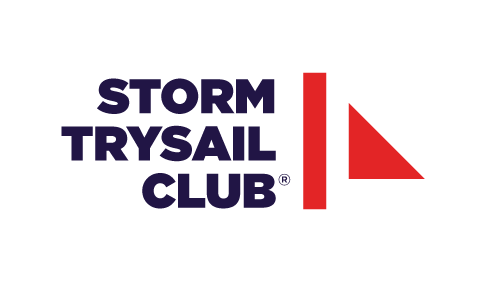"Ernest Shackleton
By Jaquelyn Burton (Coeval, Inc.) Master. Captain. Skipper. Whatever your preferred term; they are loved and feared for their leadership and management skills, or sometimes a lack thereof.
Vessels have for centuries been small enclaves of dictatorial managers – from the age of exploration until after WWII. Ships had been crewed without thought of leadership, management, or interpersonal skills. But, now as the ease and importance of global communication between vessels, managing offices, and support operations have become ubiquitous, leadership and interpersonal skills have come to the forefront of maritime crewing.
It used to be that crews were made by shanghaiing them into service – essentially having a crew that was kidnapped, forced to work and to stand watch onboard the ships – moving cargos of goods from the Orient on long voyages that could take over a year to Europe and the Americas.
The shift from keelhauling and other methods of management by punishment towards more efficient and humane management and leadership practices has been a slow one. One that has been happening since the introduction of marine engines. A great example at the beginning of the leadership philosophy of team building for ship crewing is Shackleton.
Shackleton is reported to have hand-picked his crew – using the mythical advertisement – “Men wanted for hazardous journey. Low wages, bitter cold, long hours of complete darkness. Safe return doubtful. Honour and recognition in event of success”
Even if Shackleton did not use that advertisement to attract applicants for his crew, he is reputed to have attracted many more people who wanted to be part of his team than he needed. He led them through unfortunate circumstances, and they came through all of it. Shackleton’s vessel the Endurance sank after being trapped in an ice flow in November of 1915. He then managed to get his crew to Elephant Island, where most of the crew remained. He and five others sailed an open-boat the 720-nautical-miles to South Georgia whaling stations, to get help. In the end the crew was evacuated from Elephant Island and only three lives were lost.
“Shackleton faced many of the same problems encountered by managers today: bringing a diverse group together to work toward a common goal; handling the constant naysayer; bucking up the perpetual worrier; keeping the disgruntled from poisoning the atmosphere; battling boredom and fatigue; bringing order and success to a chaotic environment; working with limited resources.”
Leadership should not be confused with management; both are essential to have effective teams and crews, but they are separate concepts.
“Management is getting people to do what needs to be done. Leadership is getting people to want to do what needs to be done. Managers push. Leaders pull. Managers command. Leaders communicate.” –
Sometimes management becomes the overall focus for crewing. Management is an easier metric to track. Management fits into spreadsheets – meetings are held, deadlines are met, maintenance is done, schedules are followed. Management is clean, neat and easy.
Leadership is not so easy to track. It more difficult to rate how motivated the team is, how happy they are in their work, and how well they are getting along together.
There exists Leadership that lacks Managment, and Managment that lacks Leadership. Imagine working with a team where everyone is excited to be loading the first cargo, but the management is lacking… No one knows what needs to be done, or who is doing what first… nothing is organized, the equipment that was needed hadn’t been ordered…. This is a disaster of management.
On the other side exists the disaster of leadership – the team hates their jobs, and all the people they are working with… they undermine each other, don’t teach or care about each other – but at least they have a schedule to keep to – Neither situation is a good one.
The goal of crewing is to find team members that have both skill sets. The goal is to build epic teams. The kind of teams that work together seamlessly, striving not only towards the common goal that is assigned them of moving the cargo safely and efficiency; but, the kind of teams that look out for each other, who enjoy their work, and help to teach and inspire each other to be at their best.
Not only do excellent teams result in the best work, but they are also happy to be there and are happy to come back. Now as many industries are becoming very technically demanding with knowledge of systems and technology an essential aspect of working; it is essential to create good teams with good leadership and management dynamics.
If the teams don’t work well together, if the leadership and management is failing – then the effectiveness of the team to utilize the systems, technology, and other resources will also be failing. To work with complex systems and to learn to use them effectively necessitates the use of teams to check the work. If the team is dysfunctional, then the checks and balances that are in place would fail.
This desire to work in great teams, where members are valued and working together has the younger members of the workforce looking for more than a steady paycheck. They want to work with great leaders and be part of great teams; and who wouldn’t? After all great teams accomplish great things – this is applicable everywhere, from families and sports to tankers and space shuttles. Ships should be manned by great teams. They are out at sea regardless; they might as well enjoy working with their shipmates and make their ship the best it can be.
Ask yourself how can advances be made to introduce great leadership alongside great management in the maritime industry? How can you make your ship and shipmates part of an epic team? Always improving, learning, getting smarter and more efficient…because after all, isn’t that the key to success in bridging the gap between leadership and management?"

